Amaranth is derived for Greek amarantos meaning unfading. Amaranth is a genus of annual or perennial plants. Most Amaratus species are referred to as pigweed. To me it sounds like a Dutch sailing ship from the 1600’s. Looking at the recipe however does not make me think of the golden age of piracy or pig fodder. No, looking at this recipe makes me think sweet whiskey highball. A highball being an alcoholic base with a larger quantity of a non alcoholic mixer; think Scotch and soda, gin and tonic, cuba libre, Americano, pimms cup, etc. If this is basically just a whiskey highball then why is there no history to this cocktail. AMARANTH you vex me so.
AMARANTH
1 oz. rye
1 dash bitters (any kind)
Powdered sugar
Club soda
Combine the rye, bitters, and a dash of powdered sugar in a glass. Stir well. Add ice and fill with club soda.
Eric rehashes our figure skating analogy from previous posts. Do I like you or did you put in a good effort? Rating artistic merit is totally objective, so when attempting to rate a drink that is another drink with the slightest modification it’s problematic. Here they have taken a whiskey highball added a dash of any kind of bitters (this option could put the drink on either ends of the good/bad spectrum) and powdered sugar. The club soda tamps down the bitters but keeps the sweetness from the sugar.
We both like this drink but its only ambition is its name because ultimately it’s a sweet rye whiskey highball. Amaranth is the most ambitious name. It’s like some pretentious person coming into a poetry class, “I’ve got a poem it’s called Amaranth!” But then the poem is just a play on roses are red. Roses are red, grain is brown, look at me like that and I’ll give you a frown.
New names for this drink could be Bitter & Sweet High & Rye, or the Sweet High Rye.
Scoring: Eric 6.5, Brian 6.
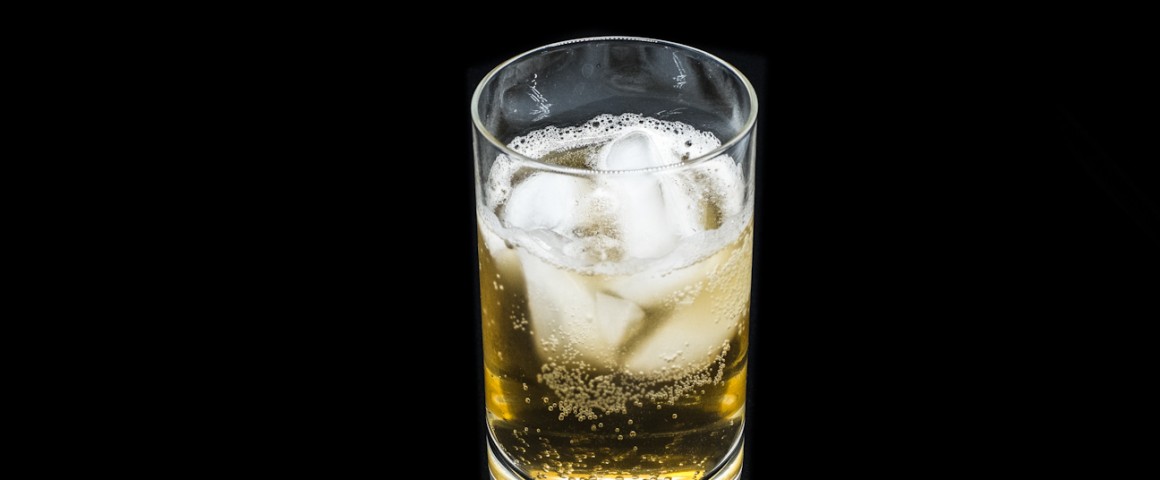
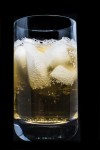


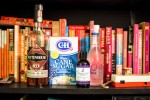
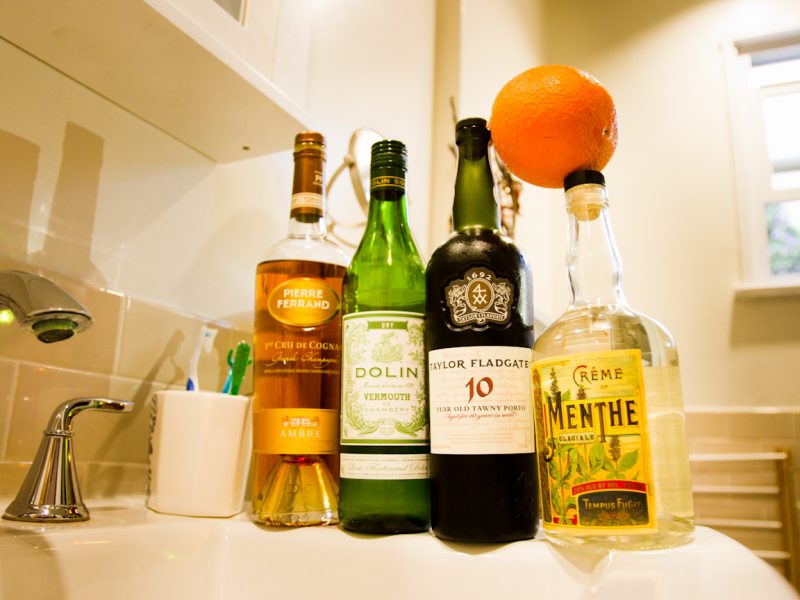
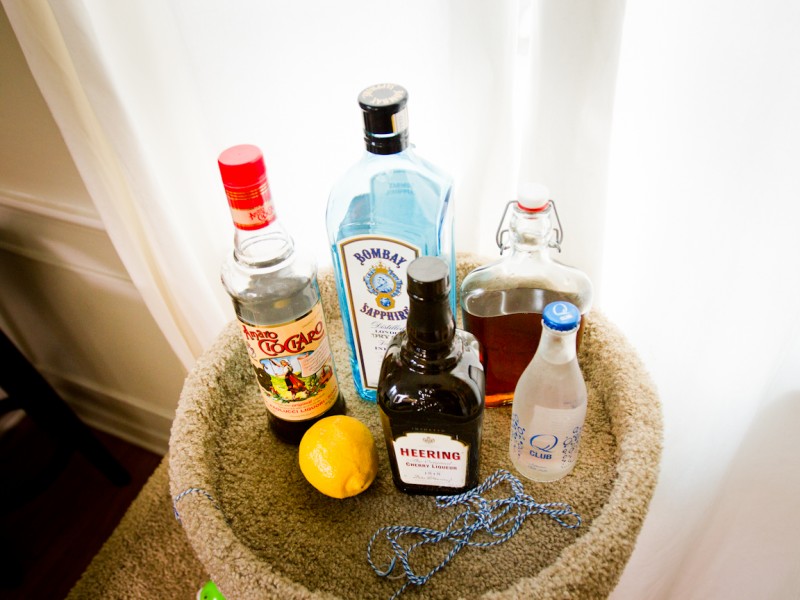
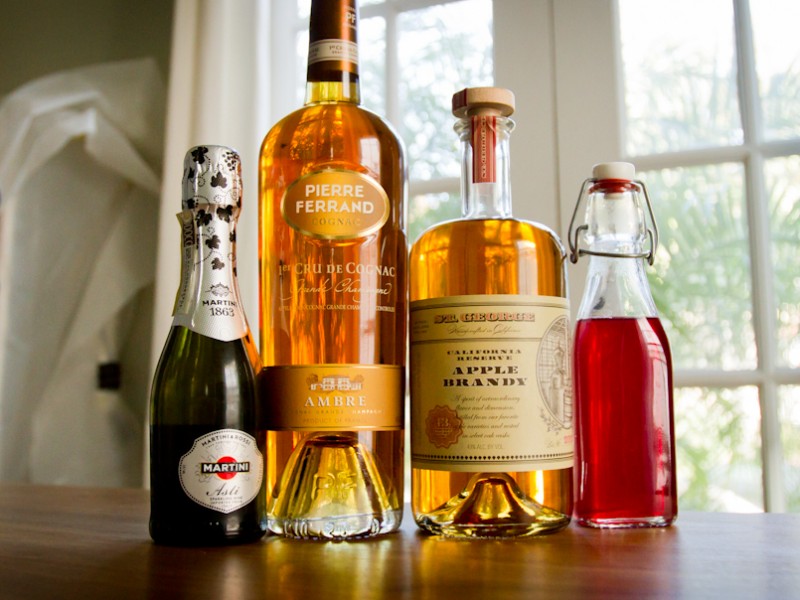
'Amaranth' has no comments
Be the first to comment this post!